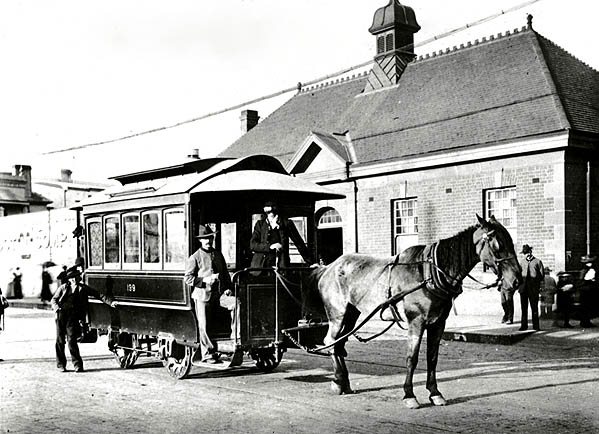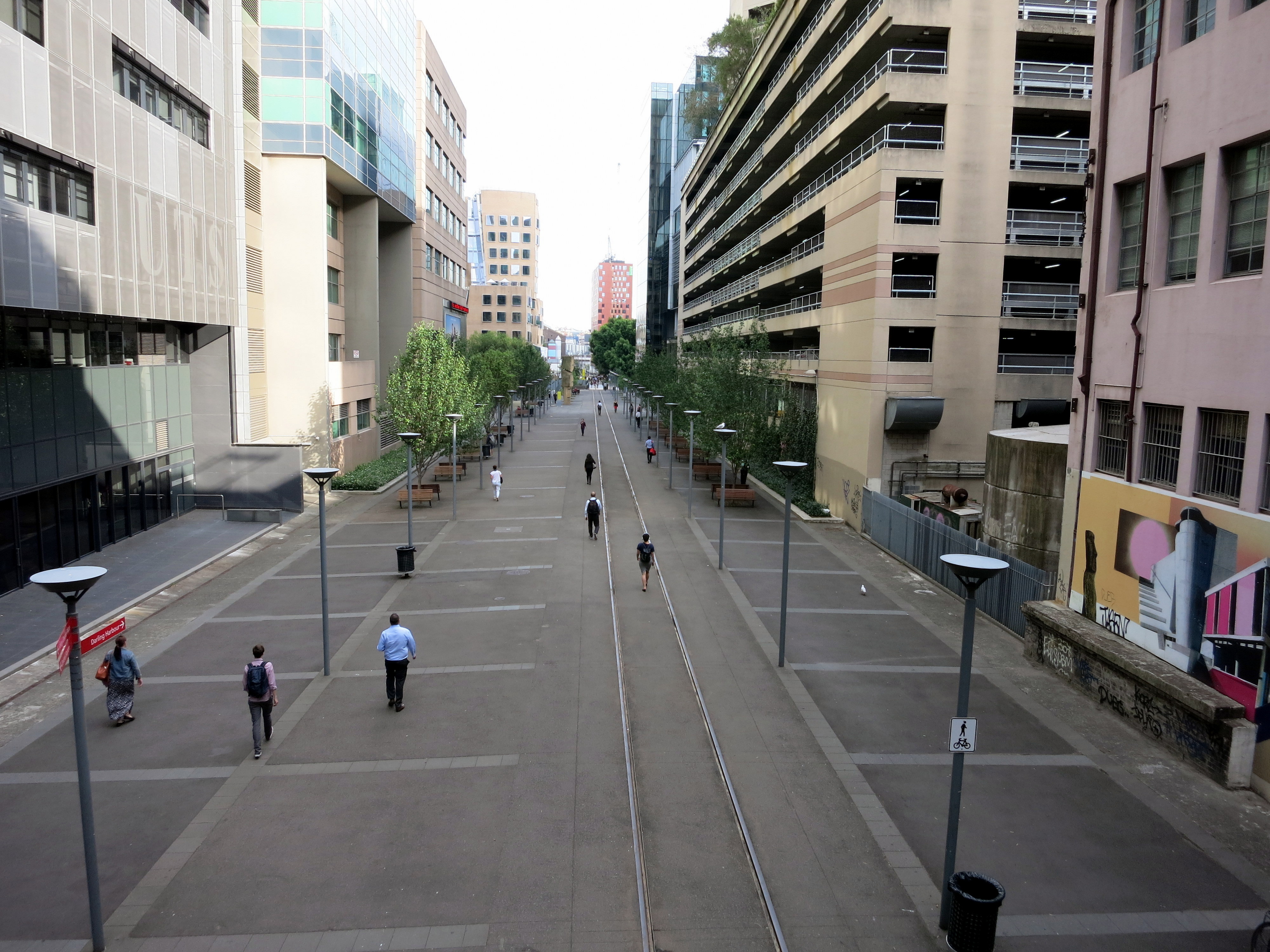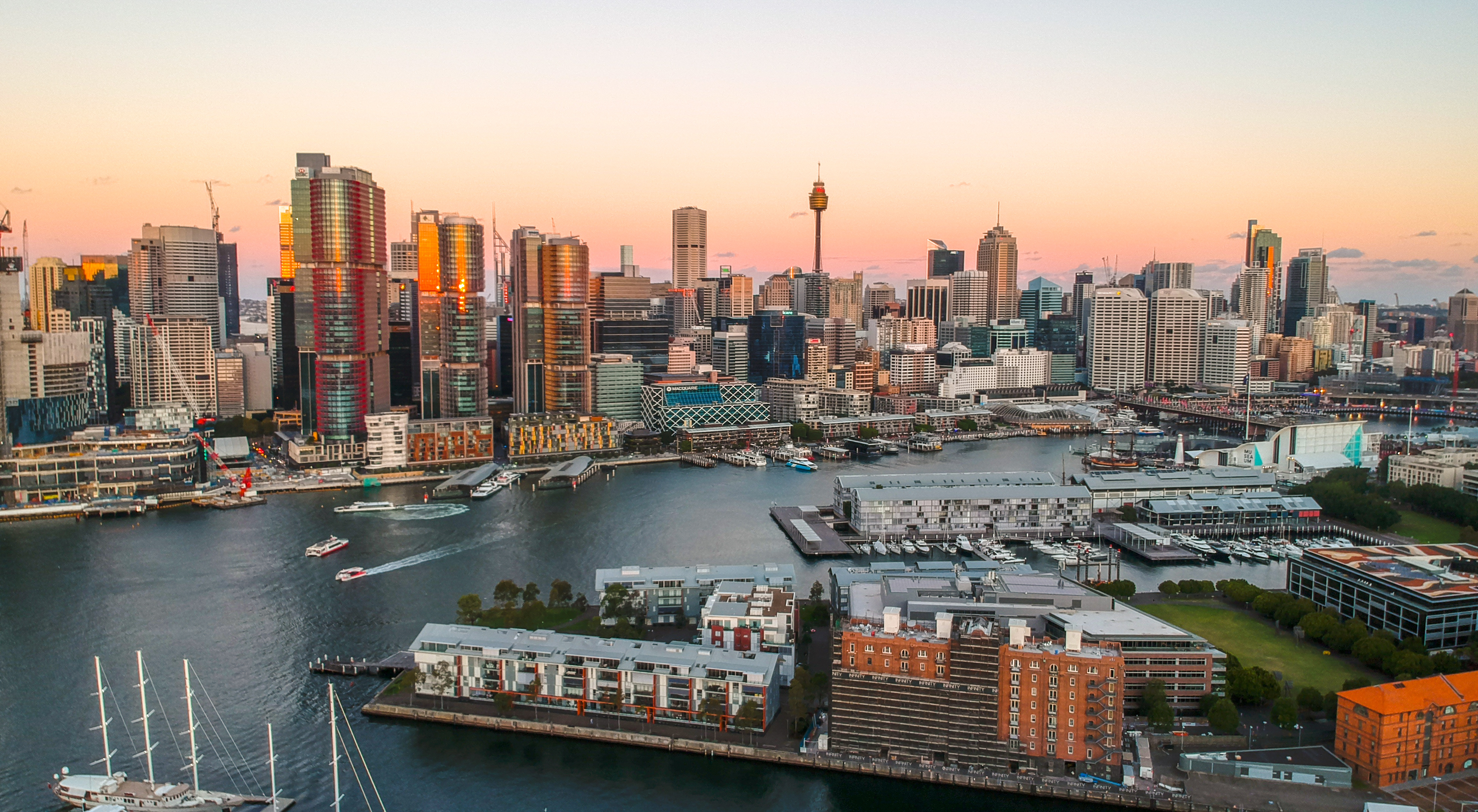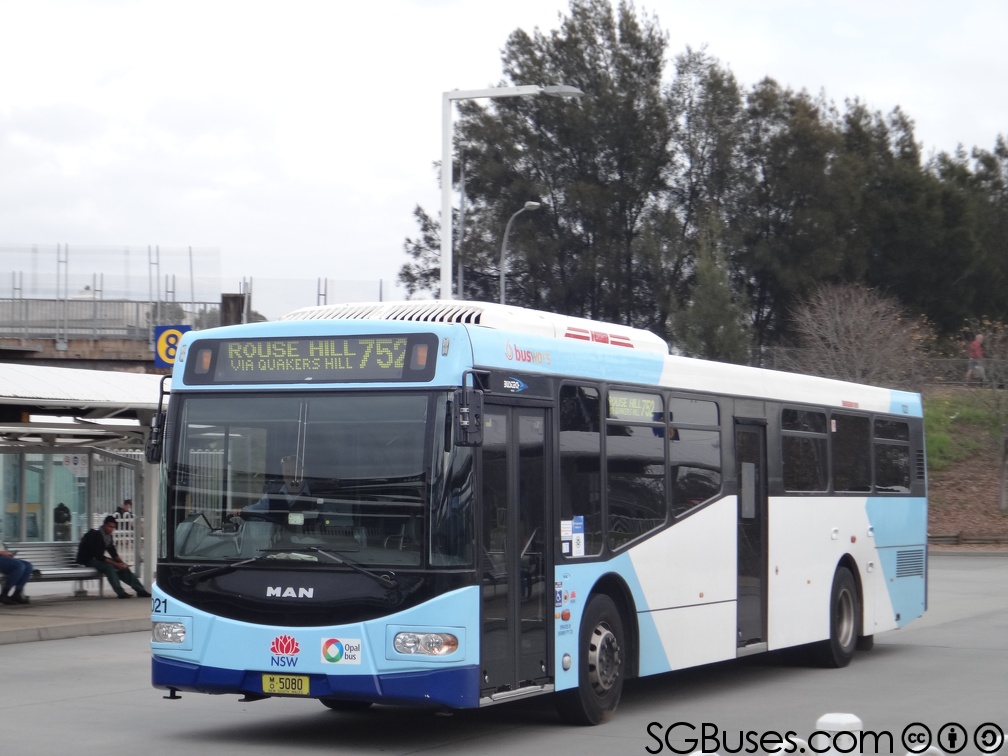|
Railway Square
Railway Square is a plaza at the southern end of the Sydney central business district, New South Wales, Australia, formed by the confluence of Broadway, Sydney, Broadway, Lee Street, Pitt Street and George Street, Sydney, George Street. The square itself is a very busy intersection and is the site of a large bus terminus. The University of Technology, Sydney, University of Technology, Central railway station, Sydney, Central railway station and the now-closed Central Park, Sydney, Kent Brewery are adjacent to Railway Square. History Railway Square was originally known as Central Square. In the 19th century and early 20th century, Central Square was the heart of the city's modern retail district, enhanced by the presence of Central railway station and its adjacent hotels, erected to serve country visitors arriving in Sydney by train. The Marcus Clark & Co, Marcus Clark department stores were located in a number of buildings at Central Square. The Parcel Post Office in Lee Stree ... [...More Info...] [...Related Items...] OR: [Wikipedia] [Google] [Baidu] |
Trams In Sydney
The Sydney tramway network served the inner suburbs of Sydney, Australia from 1879 until 1961. In its heyday, it was the largest in Australia, the second largest in the Commonwealth of Nations (after London), and one of the largest in the world. The network was heavily worked, with about 1,600 cars in service at any one time at its peak during the 1930s (cf. about 500 trams in Melbourne today). Patronage peaked in 1945 at 405 million passenger journeys. Its maximum street trackage totalled 291 km (181 miles) in 1923. History Early tramways Sydney's first tram was horse-drawn, running from the old Sydney railway station to Circular Quay along Pitt Street.''The 1861 Pitt Street Tramway and the Contemporary Horse Drawn Railway Proposals'' Wylie, R.F. Australian Railway Historical Society Bulletin, February, 1965 pp21-32 Built in 1861, the design was compromised by the desire to haul railway freight wagons along the line to supply city businesses and return cargo from the ... [...More Info...] [...Related Items...] OR: [Wikipedia] [Google] [Baidu] |
Marcus Clark & Co
Marcus Clark & Co was an Australian department store chain, founded by Henry Marcus Clark in 1883. History The store started in the Sydney suburb of Newtown on 1 February 1883 as a two-window draper shop, and soon opened new stores in Marrickville and Bondi Junction. In 1896 a store closer to the city was opened on Broadway on the corner of Harris Street near Railway Square. It had a different concept and was stocked with less expensive wares and was called Bon Marche after the Paris department store. The store succeeded and in 1909 a larger building was constructed on the site to a design by Arthur Anderson. The building is now part of the University of Technology Sydney. Marcus Clark & Co made arguably its biggest and most lasting mark on Sydney in 1906 when the James Nangle-designed Central Square building, known as the flat-iron building, was erected on the corner of George and Pitt Streets, Railway Square, on the site of an early toll-gate. For all visitors entering th ... [...More Info...] [...Related Items...] OR: [Wikipedia] [Google] [Baidu] |
Regent Street Railway Station
Regent Street railway station, formerly known as the Mortuary railway station, was a railway station on Sydney's Rookwood Cemetery railway line. Funeral trains departed from the station, bound for Rookwood Cemetery. The station found later use as a part of Sydney Yard. The ornate Gothic building is still standing on the western side of Sydney Yard at Chippendale, close to Central railway station and Railway Square. It was added to the New South Wales State Heritage Register on 2 April 1999. History The station opened as Mortuary on 29 June 1869. At some point, its name was changed to Regent Street, after the street on which it is located. It has also been referred to by different names, including the Necropolis Receiving Station and the Mortuary Station. The station was built as part of the larger Rookwood Cemetery line. It was completed on 22 March 1869 but had been used since 1 January 1869. It was also one end of the service that ran to the Woronora General Cemetery in Sut ... [...More Info...] [...Related Items...] OR: [Wikipedia] [Google] [Baidu] |
Australian Railway History
''Australian Railway History'' is a monthly magazine covering railway history in Australia, published by the New South Wales Division of the Australian Railway Historical Society on behalf of its state and territory Divisions. Australian Railway Historical Society History and profile It was first published in 1937 as the ''Australasian Railway and Locomotive Historical Society Bulletin'', being renamed ''ARHS Bulletin'' in 1952. In January 2004, the magazine was re-branded as ''Australian Railway History''. Historically, the magazine had a mix of articles dealing with historical material and items on current events drawn from its affiliate publications. Today, it contains only historical articles, two or three of them being in-depth.Parameters * Size : A4; ...[...More Info...] [...Related Items...] OR: [Wikipedia] [Google] [Baidu] |
Inner West Light Rail
The Inner West Light Rail is a light rail line in Sydney, New South Wales, Australia, running from Central railway station through the Inner West to Dulwich Hill and serving 23 stops. It is the original line of the Sydney light rail network, and was originally known as Sydney Light Rail. Light rail services on the line are now branded as the L1 Dulwich Hill Line. Most of the Inner West Light Rail is built on the path of a former freight railway line. The first section of light rail opened in 1997, and the line was extended in 2000 and 2014. Operation and maintenance of the line is contracted to the ALTRAC Light Rail consortium by the New South Wales Government's transport authority, Transport for NSW. Services are operated by Transdev Sydney as a member of ALTRAC Light Rail. Background Most of the alignment of the Dulwich Hill Line had its origins as the Metropolitan Goods railway line. From the time when the Sydney Railway Company was formed in 1848, it had been the inten ... [...More Info...] [...Related Items...] OR: [Wikipedia] [Google] [Baidu] |
The Goods Line
The Goods Line is an linear park and shared pedestrian pathway and cycleway in the suburb of Ultimo, in the City of Sydney, New South Wales, Australia. The corridor connects Railway Square to Darling Harbour in the south and passes both the University of Technology Sydney Broadway campus and the Australian Broadcasting Corporation Sydney head office. The Goods Line terminates in the north at the corner of Sussex and Hay Streets, in the Sydney central business district. Description From the southern end, the Goods Line walkway commences at the southern end of Central station at the beginning of the Devonshire Street Tunnel. The tunnel is a pedestrian tunnel that was opened in 1906, joining Devonshire Street with Lee Street. From the exit of the tunnel one enters Henry Deane Plaza, which sits slightly below the level of Lee Street, and descends a ramp at the other end of the Plaza to enter the extension tunnel beneath Lee Street. The extension tunnel continues under Lee Street, ... [...More Info...] [...Related Items...] OR: [Wikipedia] [Google] [Baidu] |
Powerhouse Museum
The Powerhouse Museum is the major branch of the Museum of Applied Arts & Sciences (MAAS) in Sydney, the others being the historic Sydney Observatory at Observatory Park, Sydney, Observatory Hill, and the newer Museums Discovery Centre at Castle Hill, New South Wales, Castle Hill. Although often described as a science museum, the Powerhouse has a diverse collection encompassing all sorts of technology including decorative arts, science, communication, transport, costume, furniture, mass media, media, computer technology, space technology and steam engines. The museum has existed in various guises for over 125 years, previously named the Technological, Industrial and Sanitary Museum of New South Wales (1879–1882) and the Technological Museum (August 1893 – March 1988). the collection contains over 500,000 objects collected over the last 135 years, many of which are displayed or housed at the site it has occupied since 1988, and for which it is named – a converted electric t ... [...More Info...] [...Related Items...] OR: [Wikipedia] [Google] [Baidu] |
Darling Harbour
Darling Harbour is a harbour adjacent to the city centre of Sydney, New South Wales, Australia that is made up of a large recreational and pedestrian precinct that is situated on western outskirts of the Sydney central business district. Originally named Long Cove, the locality extends northwards from Chinatown, along both sides of Cockle Bay to King Street Wharf on the east, and to the suburb of Pyrmont on the west. Cockle Bay is just one of the waterways that makes up Darling Harbour, which opens north into the much larger Port Jackson. The precinct and its immediate surroundings are administered independently of the local government area of the City of Sydney, by Property NSW. History Darling Harbour is named after Lieutenant-General Ralph Darling, who was Governor of New South Wales from 1825 to 1831. The area was originally known as Long Cove, but was generally referred to as Cockle Bay until 1826 when Governor Darling renamed it after himself. The name Cockle Bay has ... [...More Info...] [...Related Items...] OR: [Wikipedia] [Google] [Baidu] |
Metropolitan Goods Railway Line
Metropolitan may refer to: * Metropolitan area, a region consisting of a densely populated urban core and its less-populated surrounding territories * Metropolitan borough, a form of local government district in England * Metropolitan county, a type of county-level administrative division of England Businesses * Metro-Cammell, previously the Metropolitan Cammell Carriage and Wagon Company * Metropolitan-Vickers, a British heavy electrical engineering company * Metropolitan Stores, a Canadian former department store chain * Metropolitan Books, an imprint of Henry Holt and Company Colleges and universities * Leeds Metropolitan University, United Kingdom * London Metropolitan University, United Kingdom * Manchester Metropolitan University, United Kingdom * Metropolitan Community College (Omaha), United States * Metropolitan State University of Denver, United States ** Metro State Roadrunners * Metropolitan State University, in Saint Paul, Minnesota * Oslo Metropolitan University, Norw ... [...More Info...] [...Related Items...] OR: [Wikipedia] [Google] [Baidu] |
Railway Square Road Overbridge
The Railway Square road overbridge is a heritage-listed road overbridge carrying George Street over the former Darling Harbour goods railway line at Railway Square in the Sydney central business district, in the City of Sydney local government area of New South Wales, Australia. The property was added to the New South Wales State Heritage Register on 2 April 1999. History On 26 September 1855, the day of the opening of the first passenger rail line between Sydney and Parramatta, the direct goods line from the Sydney Yard to the Darling Harbour wharves and goods yard was also opened. As part of this line the tracks ran under Parramatta Road through a sandstone arched overbridge designed by the engineer William Randle. The day marked the beginning of the railway in colonial New South Wales, and represented its two main functions: transporting people and transporting goods. The interaction of the railway and the shipping at Darling Harbour was an important factor in expanding ... [...More Info...] [...Related Items...] OR: [Wikipedia] [Google] [Baidu] |
Transit Systems NSW
Transit Systems NSW, previously known as Transit Systems Sydney, is a bus operator in Sydney, New South Wales, Australia. It is a subsidiary of Transit Systems. History In November 2012, Transit Systems was awarded a contract by Transport for NSW to operate region 3 bus services in Western Sydney, taking over services operated by Busabout, Hopkinsons, Metro-link and Westbus. Transit Systems also took over route T80 on the Liverpool-Parramatta T-way from Western Sydney Buses. Operations commenced on 13 October 2013. On 1 July 2018, Transit Systems took over the operation of region 6 from State Transit on an eight-year contract operating services in the Canterbury-Bankstown, Eastern Suburbs, Inner West, North Shore and St George regions. In December 2022, after a tendering process, Transit Systems successfully retained region 3 and was additionally awarded the services in region 13, which will be consolidated into region 3. The new contract for the combined region will ... [...More Info...] [...Related Items...] OR: [Wikipedia] [Google] [Baidu] |
Busways
Busways is an Australian bus company operating services in Sydney Sydney ( ) is the capital city of the state of New South Wales, and the most populous city in both Australia and Oceania. Located on Australia's east coast, the metropolis surrounds Sydney Harbour and extends about towards the Blue Mountain ..., and in the Central Coast (New South Wales), Central Coast, Great Lakes Council, Great Lakes, Mid North Coast regions of New South Wales and Adelaide. It is the largest privately owned bus operator in Australia. History The origins of Busways can be traced to 1942 when Dick Rowe commenced a hire car service from Rooty Hill, New South Wales, Rooty Hill to Plumpton, New South Wales, Plumpton. In 1946 Rowe purchased his first bus and further expansion saw a depot established in Plumpton in 1958. [...More Info...] [...Related Items...] OR: [Wikipedia] [Google] [Baidu] |







